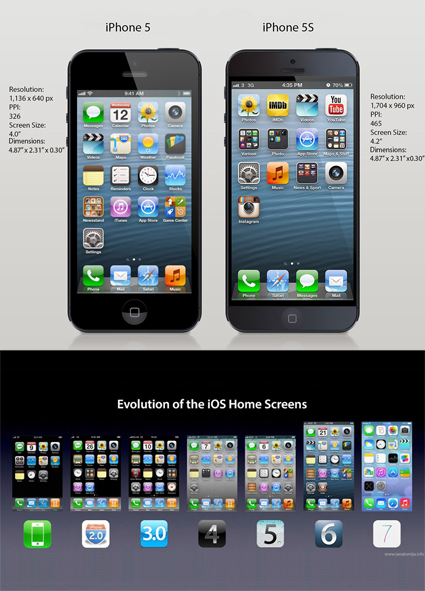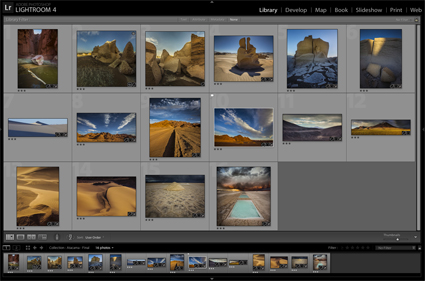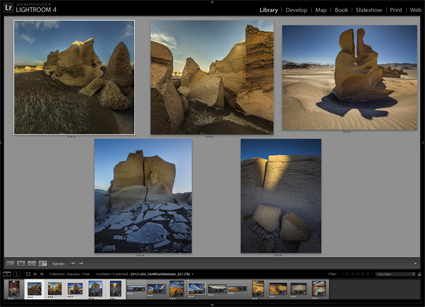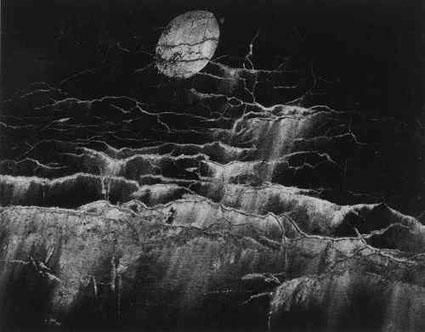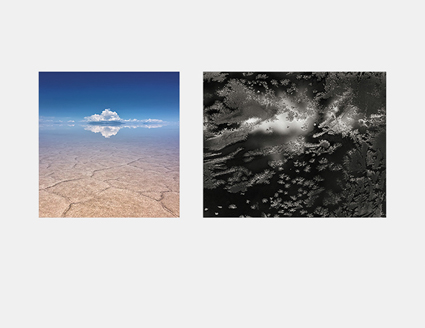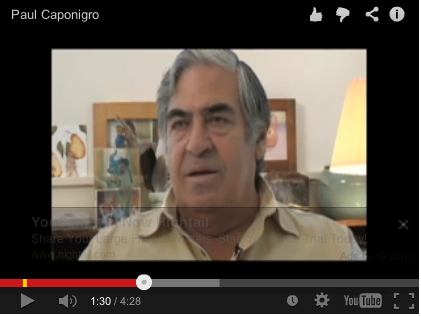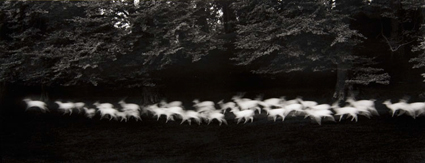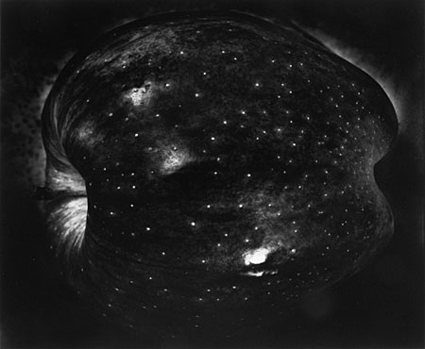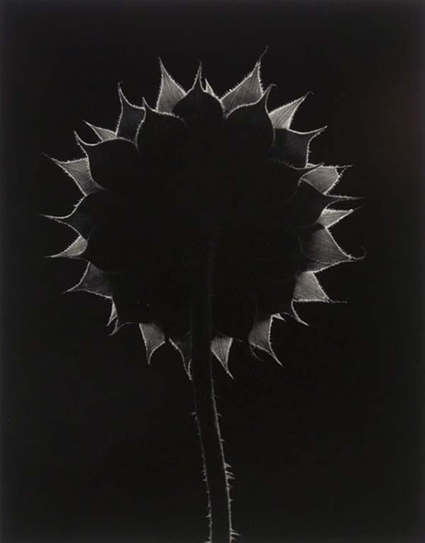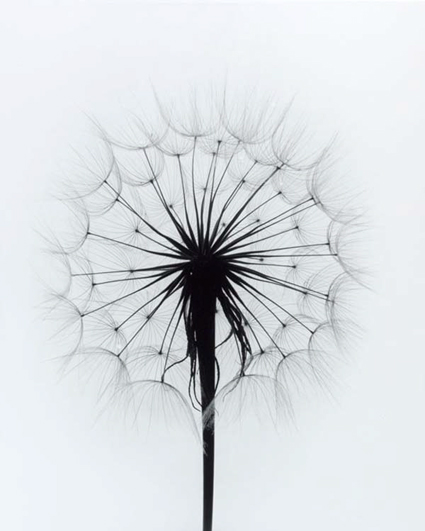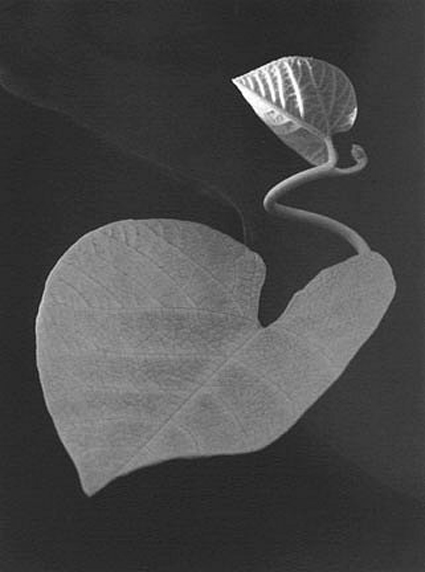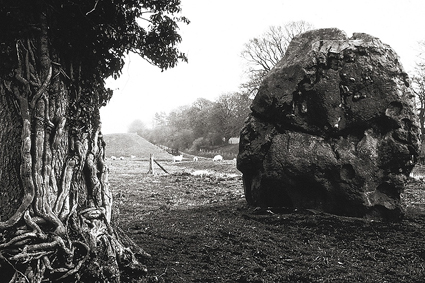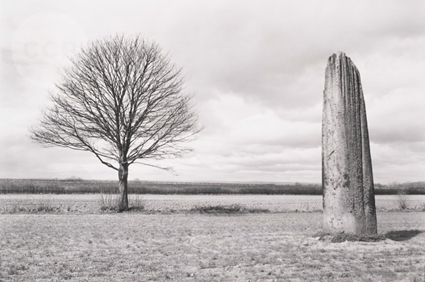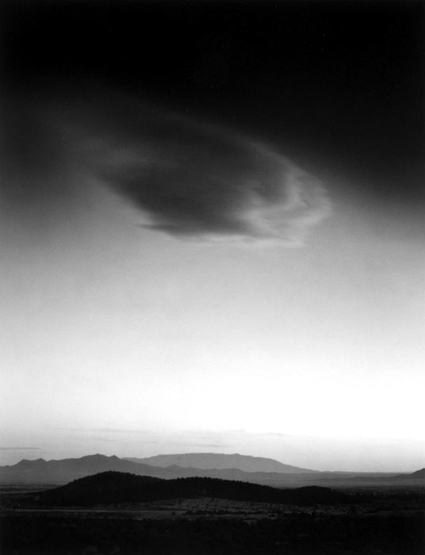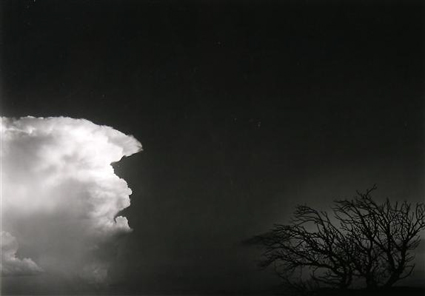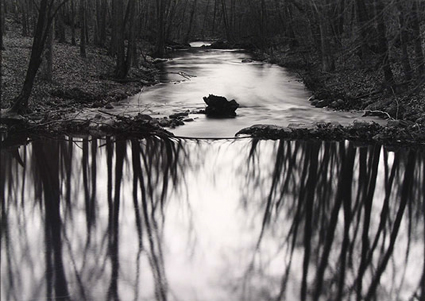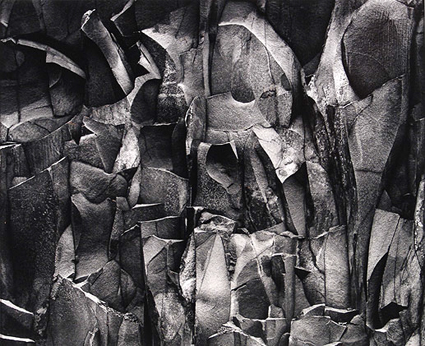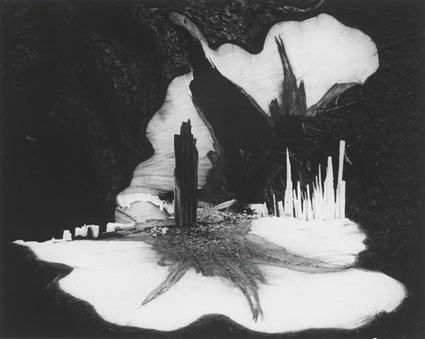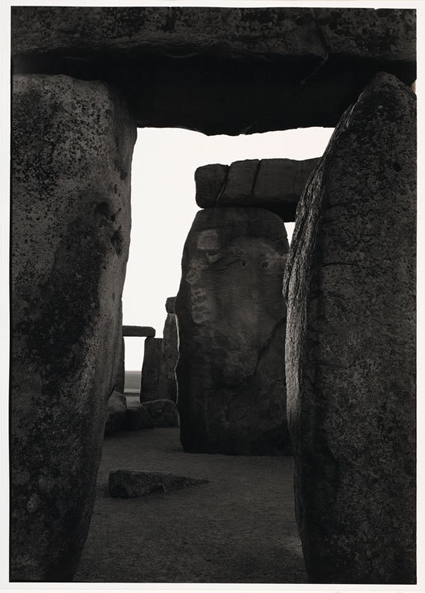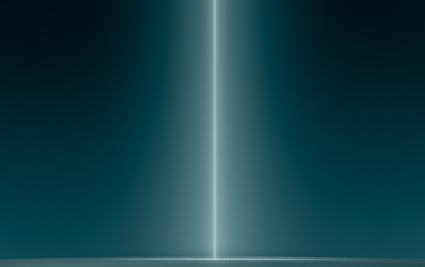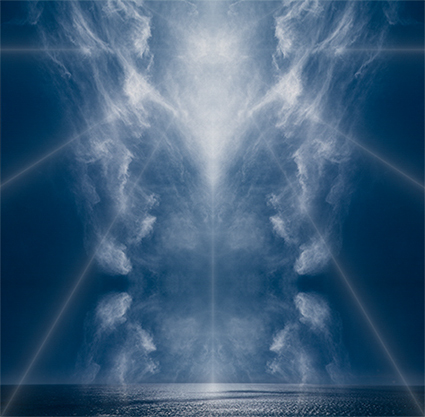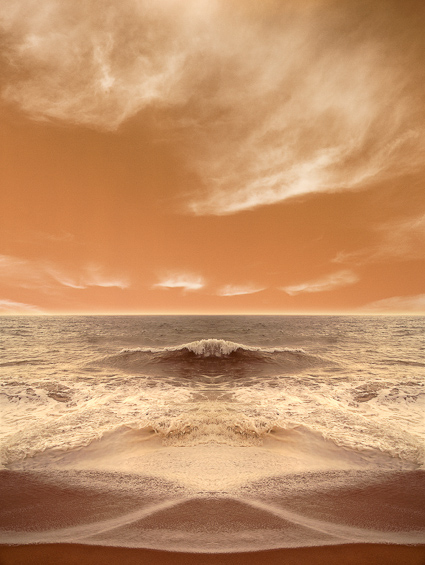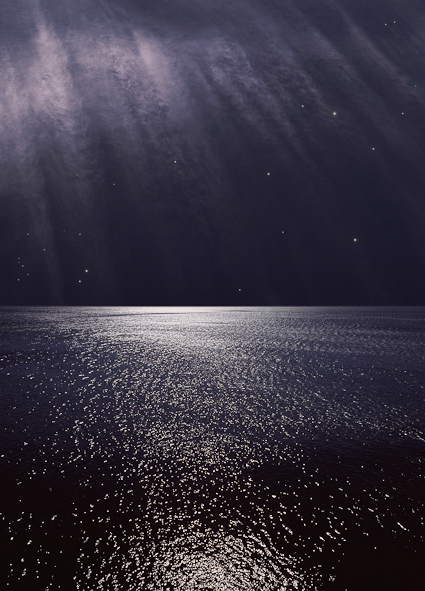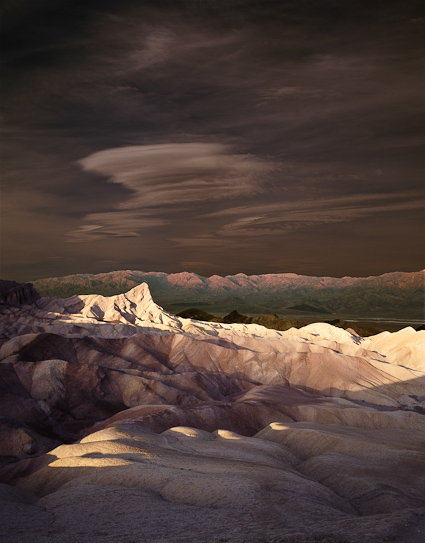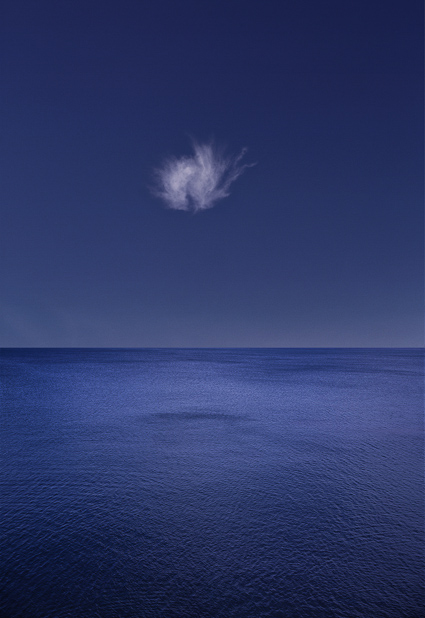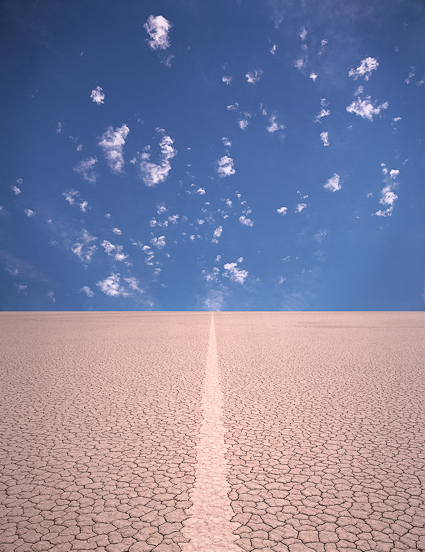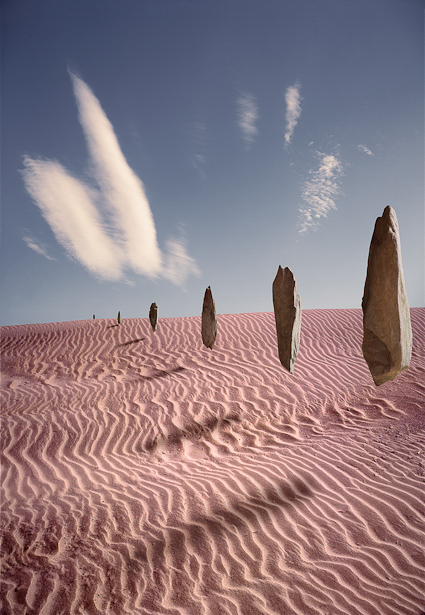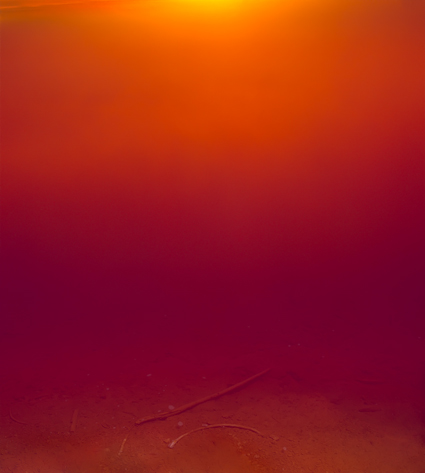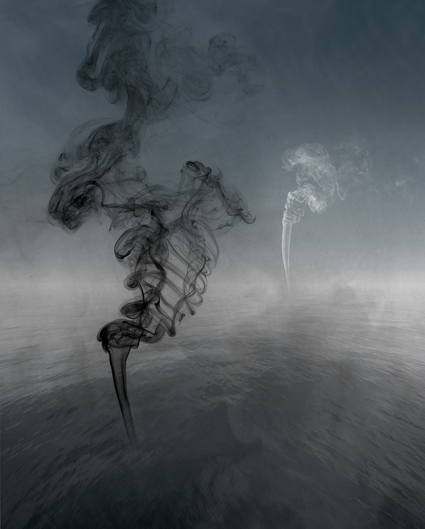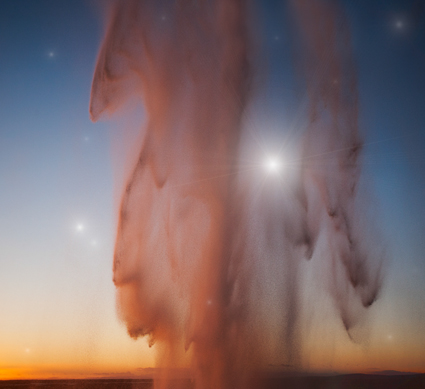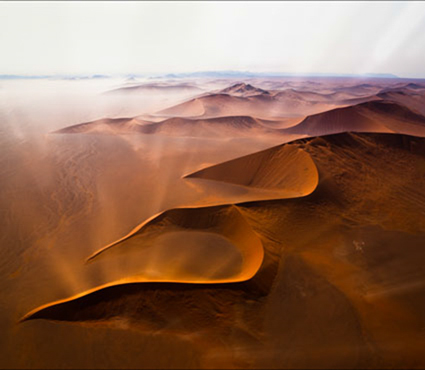The Ins & Outs Of Making Panoramas With Your iPhone
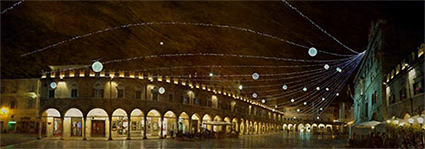
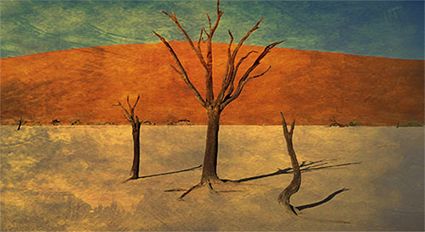
Here’s an excerpt from my latest post on The Huffington Post.
Think Outside The Frame
“No one needs to learn to “think outside the box” more than photographers. The frame, literally a box, is often our greatest ally. Learning to see photographically is in part learning to see within the limits of this box and use them creatively. But there are times when this limits our vision unnecessarily. Once we’ve learned to see within the box, we then need to learn to see outside the box — and start extending the frame to perfect select compositions. There are three ways to do this; crop (after exposure), sweep (make extended format exposures in camera), or stitch (blend separate exposures together); or combine all three. Extending format techniques aren’t just for panoramic image formats. They can be used to give you the extra inch that can make all the difference in the world for your compositions.
Stitching has multiple functions, making it an essential skill for today’s photographer. Regardless of whether you use panoramic aspect ratios, the practice of extending format through photo merges can help you perfect many compositions in ways that are often challenging and in some cases impossible to do otherwise. It can help you choose a better angle of view without eliminating essential information or include essential information when you either can’t or don’t have time to change angle of view. When this skill becomes second nature, you’ll find that you’ve become visually more versatile, flexible, productive, and accomplished. Extended format techniques offer new ways of seeing.”
Find out about the iPhone apps that will help you make the best panoramic images …
Read the full post on The Huffington Post.
Find more iPhone photography resources here.


